Articles
The Outlook for Omnichannel Retail in 2025 and Beyond
Learn what the outlook is for omnichannel retail and learn why it’s growing in importance. Includes helpful sales stats and recommendations for retailers.

As more and more consumers use—and even rely on—digital touchpoints in their shopping journey, brick-and-mortar retailers across a range of sectors are investing in an omnichannel business model. So what does that mean for the future of retail?
To help answer that question, we’ll analyze current and projected retail sales data, describe the challenges that come with an omnichannel approach, and share recommendations to help implement this business model more effectively.
But first, let’s take a closer look at what omnichannel retail is and what’s driving its rise.
What Is Omnichannel Retail?
Omnichannel retail integrates multiple shopping channels, both physical and digital, so that consumers can engage with a brand across various touchpoints. Ideally, this approach seamlessly uses in-store, mobile app, social media, and e-commerce strategies.
According to Jack O’Leary, head of consulting, North America, for Flywheel Digital, the need for an omnichannel business model is “being driven by shoppers who demand a path to purchase that blends both in-store and online shopping in an increasingly connected fashion.”
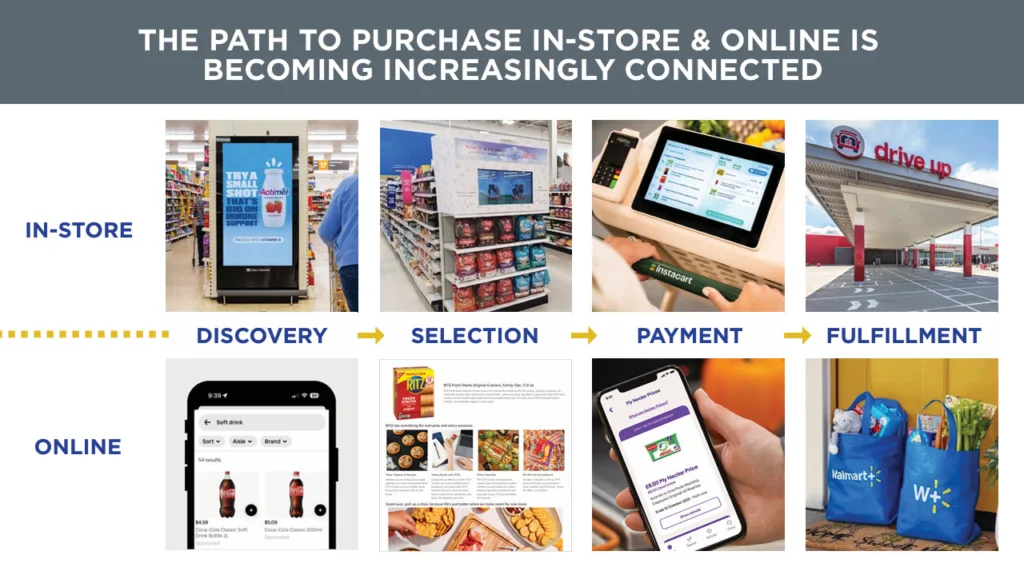
But O’Leary also says it’s crucial for brick-and-mortar retailers to realize the nuanced interplay of digital and physical shopping in order to meet customer needs more effectively.
Fortunately, there’s plenty of data to help them do that.
Understanding the Importance of “Digitally Influenced” Sales
Based on data modeling from Flywheel Digital, the percentage of retail sales derived from e-commerce sits somewhere between 20% and 30%.
“A substantial figure, a fast-growing figure, but by no means anywhere close to a majority of retail sales today,” says O’Leary. In other words, brick-and-mortar store sales still reign supreme.
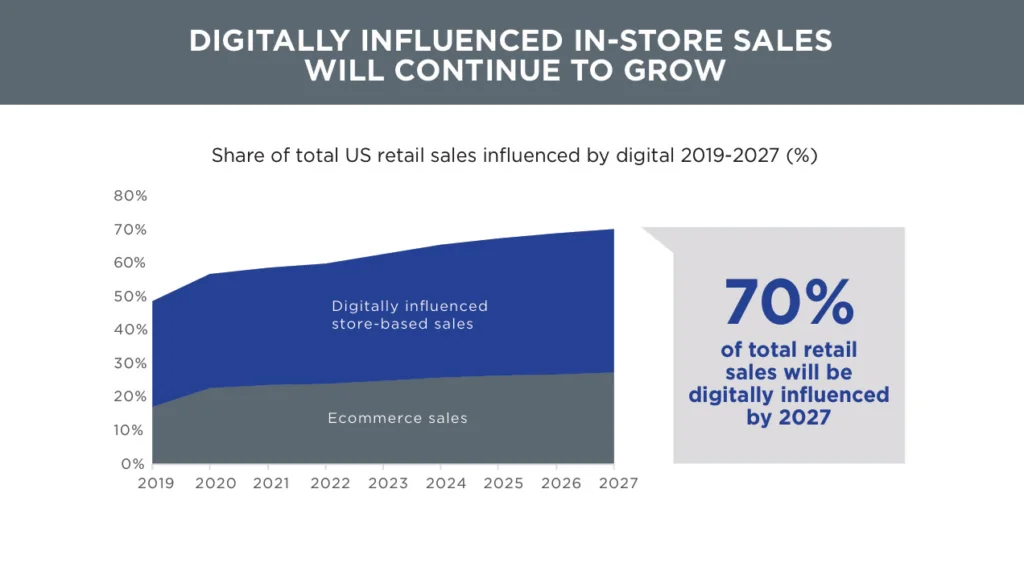
However, as the graphic above illustrates, a more intriguing picture emerges when the data modeling also incorporates store-based sales that O’Leary describes as “digitally influenced.”
Those are sales that take place in store but also involve at least one digital touchpoint along the shopper journey, such as a review engine, retailer website, or coupon website.
When you combine those numbers with pure e-commerce sales, total retail sales involving a digital component surpass 60%, a figure that Flywheel Digital expects to reach 70% by 2027.
A More Valuable Customer: How Retailers See Omnichannel Shoppers
Retailers themselves have also identified a range of reasons for focusing on—and investing in—omnichannel shoppers.
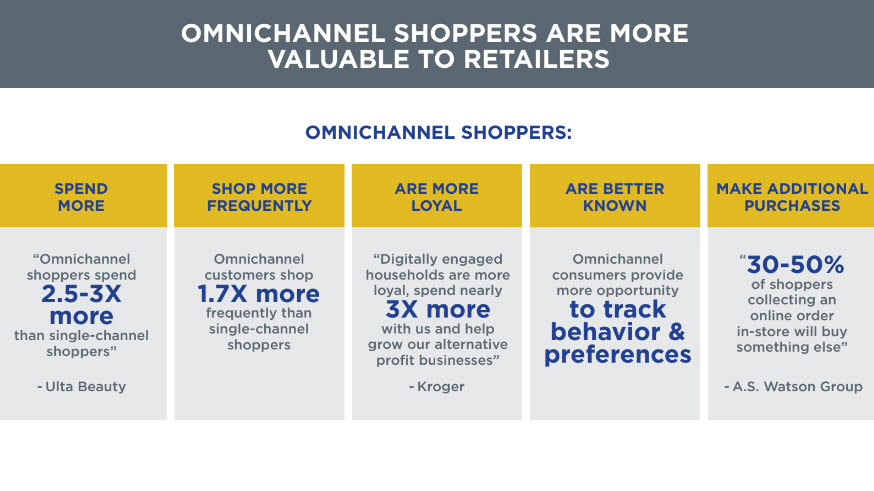
For example:
- They spend more, 2.5 to 3X more according to Ulta Beauty.
- They shop more frequently, almost twice as often as single-channel shoppers.
- They’re more loyal, says Kroger, which translates to 3X more spending.
- They often add purchases to online orders collected in store, says A.S. Watson Group.
- They provide more data on their behavior and preferences.
That last bullet is especially important, says O’Leary, as retailers invest more in retail media, a strategy that relies on shopper data for maximum effectiveness.
Confronting the Challenges of Omnichannel Retailing
Yes, the omnichannel shopper is a high-value customer, but retailers also need to consider the costs that come with an omnichannel model.
More specifically, many of the fulfillment methods associated with omnichannel retail require what O’Leary calls “substantial additional costs.”
Those include product handling such as picking and packing as well as last-mile delivery and returns management. Check out the graphic below for more details.
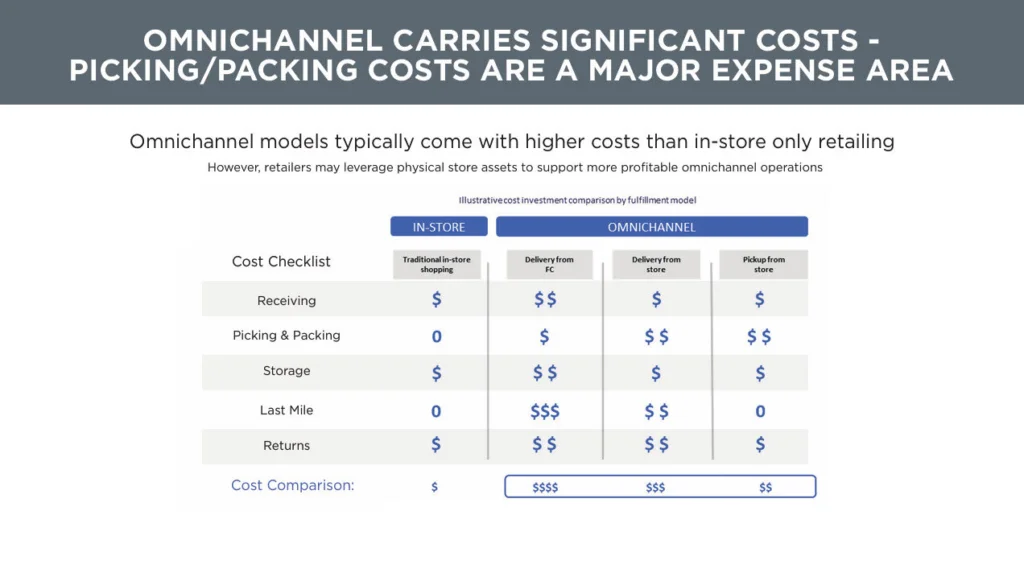
According to O’Leary, these cost factors are why many retailers “will continue to favor in-store shopping that is driven by some sort of digital influence.” That form of buyer journey will likely be less costly to a retailer than the fulfillment methods currently available.
All that said, maintaining a variety of fulfillment options will remain important (more on that below).
3 Key Strategies for Omnichannel Retailers to Be Successful
Given how shopper behavior is evolving, a robust omnichannel model will become increasingly important for retailers to stay competitive. O’Leary recommends that they focus on three areas in particular:
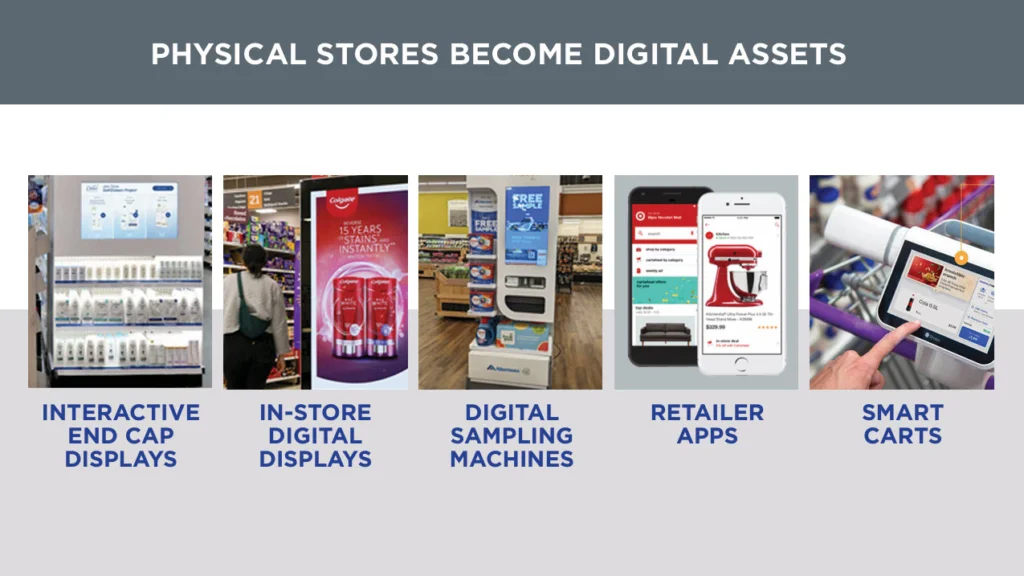
1. Turn Physical Stores into Digital Assets
Stores are no longer just physical spaces to house products. They’re now part of the digital ecosystem. Retailers need to respond accordingly by, for example, offering in-store apps and providing new store formats that incorporate interactive displays, provide smart cart options, and use other digital technologies that blend effectively with brick-and-mortar.
2. Optimize Fulfillment and Assortment
Even with the added costs (see the section above), retailers need to offer a variety of fulfillment options, from home delivery to click and collect. Note that the costs that come with these options can be offset by developing more efficient operations, using third-party delivery services, and incorporating new revenue streams.
And, of course, retailers must stay vigilant about evolving shopper preferences in order to provide the best product selection.
3. Restructure Operations for Omnichannel Success
Retailers must also align their operational divisions with the omnichannel model. This may mean rethinking supply chains, integrating data systems, and ensuring smooth coordination between online and offline operations.
Check out the following graphic for additional details on these and related strategies for implementing an omnichannel model.
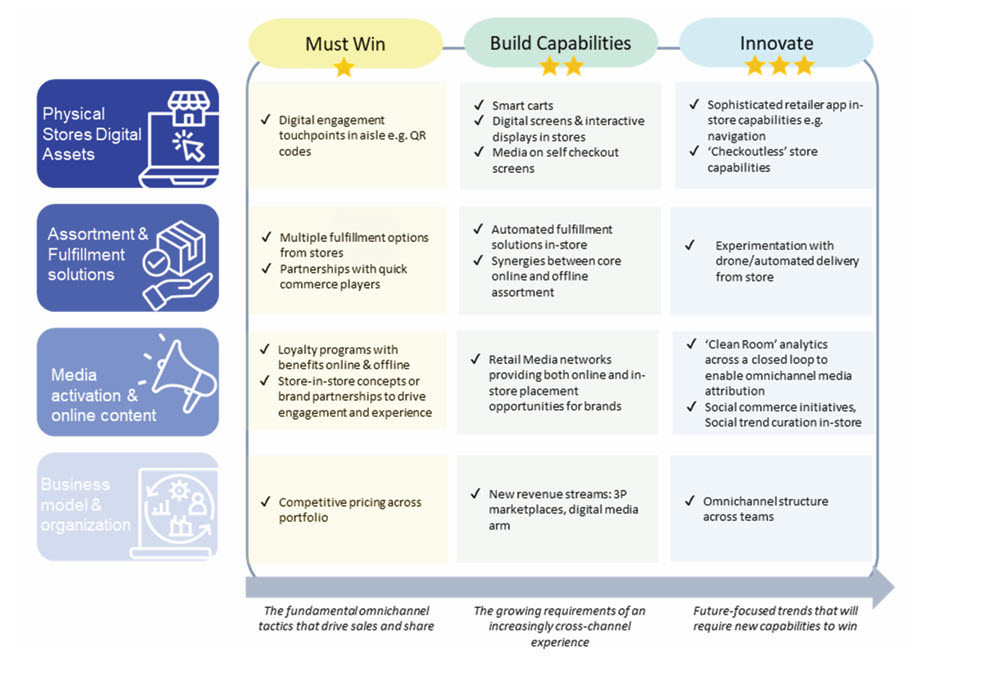
Key Takeaways: The Future Is Omnichannel
As retailers make efforts to further their omnichannel initiatives, keeping the following key points in mind will help:
- Digitally influenced sales represent the majority of retail sales today, a reality that will only intensify as we look to the future.
- Omnichannel shoppers are the highest value customers, demonstrate deeper loyalty, and even shop more frequently than single-channel customers.
- The additional costs of an omnichannel model should ideally be offset by increased efficiencies and new revenue streams.
- The brick-and-mortar environment will continue to evolve as a place where digital touchpoints blend seamlessly with the in-store experience.
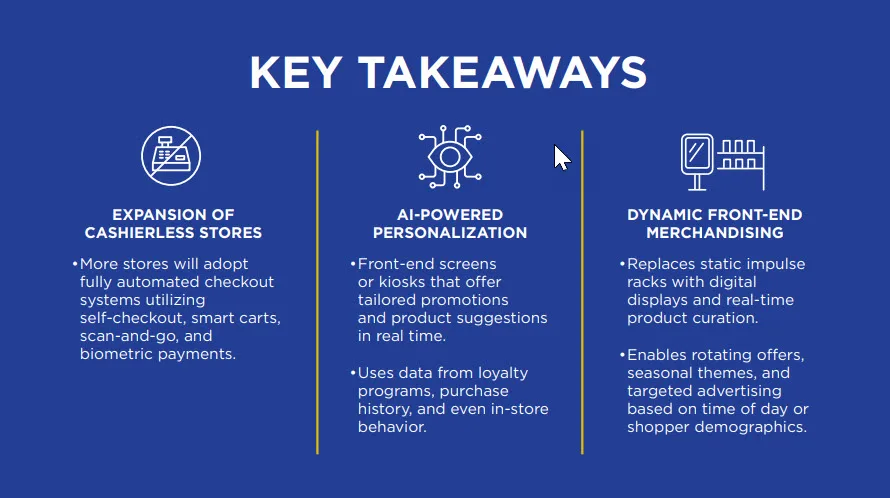
Just how critical will omnichannel retail become? As O’Leary sees it, “Omnichannel business models will define the successful retailers of the future.”
Learn more about how these retail solutions can work for you.